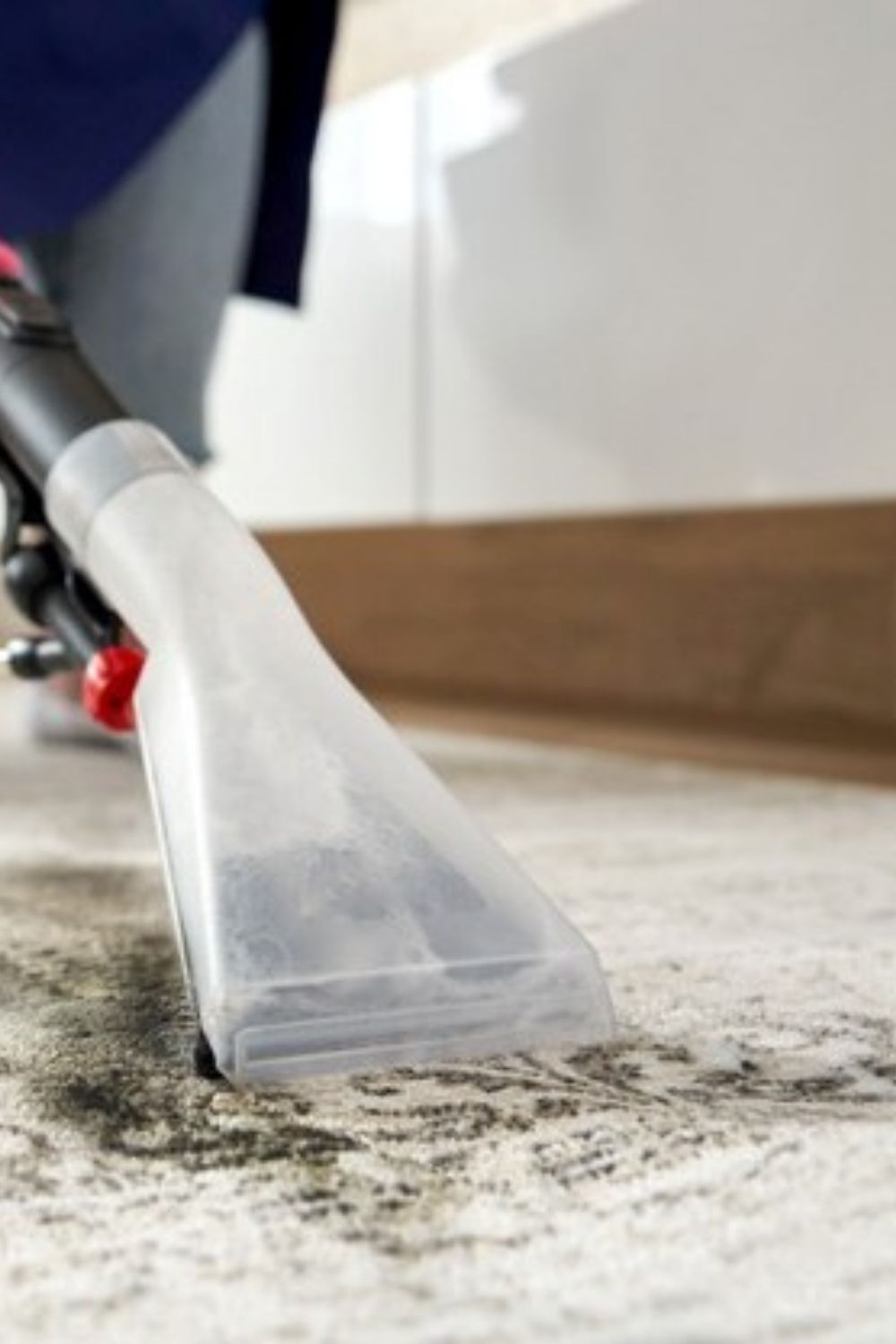Whether you have wall-to-wall carpeting, large area rugs, or small throw rugs, they are subjected to lots of dirt, grime, allergens, and bacteria every day. We and our pets bring contaminants into our homes on our shoes and feet, and add in bodily fluids from sneezes and coughs that settle on surfaces and carpets can be teeming with bacteria.
When you are ready to clean your carpets it is important to note that there are distinct differences in cleaning, sanitizing, and disinfecting surfaces in homes, schools, and public places. These definitions are set by the Centers for Disease Control and Prevention (CDC) to define the level of microbial contamination left on a surface after treatment. Once a surface has been disinfected, it remains so only until it is touched by contaminants again. Soft surfaces, like carpets, are difficult to disinfect due to their size, construction, and uneven surfaces. However, you can greatly reduce the level of bacterial contamination.
How Often to Clean a Carpet
Carpets should be vacuum several times weekly to remove loose soil (daily if you have a crawling baby or toddler). Deep cleaning should be done at least twice per year, seasonally is better. If someone in the home has been ill with a communicable disease or has a compromised immune system, more frequent deep cleaning is recommended.1
What You’ll Need
Equipment / Tools
Vacuum
Spray bottle
Steam cleaner
Circulating fan (optional)
Materials
Cleaning strength distilled white vinegar
EPA-approved sanitizer or disinfectant
Instructions
How to Disinfect Washable Carpets
Small carpets that can be tossed in the washer can be disinfected easily.
Remove Loose Debris
Take the carpet outside and give it a good shake or vacuum well to remove loose debris.
Select the Washer Settings
A front-loading washer or a top-load model without a center agitator will accommodate a large carpet better than a standard top load washer. It may be worth your time to head to a laundromat that has larger washers. Choose the hottest water recommended for the carpet on the care label.
Add Detergent and Laundry Sanitizer
A heavy-duty laundry detergent contains enough enzymes to cut through grime. Add a laundry disinfectant like Lysol Laundry Sanitizer, pine oil, or chlorine bleach following product directions.
Dry the Carpet
If the carpet is 100% cotton and does not have a rubber backing, tumble dry on high heat. If the carpet cannot withstand high heat, allow the carpet to air dry.
How to Clean and Sanitize Carpet
Clear Furniture Off the Carpet
Before beginning a deep cleaning of carpet, move as much furniture as possible out of the area. If the furniture cannot be moved, place small pieces of plastic under each leg to prevent rust or wood varnish stains from happening to the damp carpet.
Vacuum to Remove Loose Soil
Before deep cleaning and attempting to sanitize a large carpet or wall-to-wall carpeting, vacuum away as much loose soil, dust, and allergens as possible.
Select a Cleaning Solution
Most carpet cleaners contain enzymes and surfactants to break apart stains and soil and help lift them to the surface to be wiped away. These products do not sanitize or disinfect.





